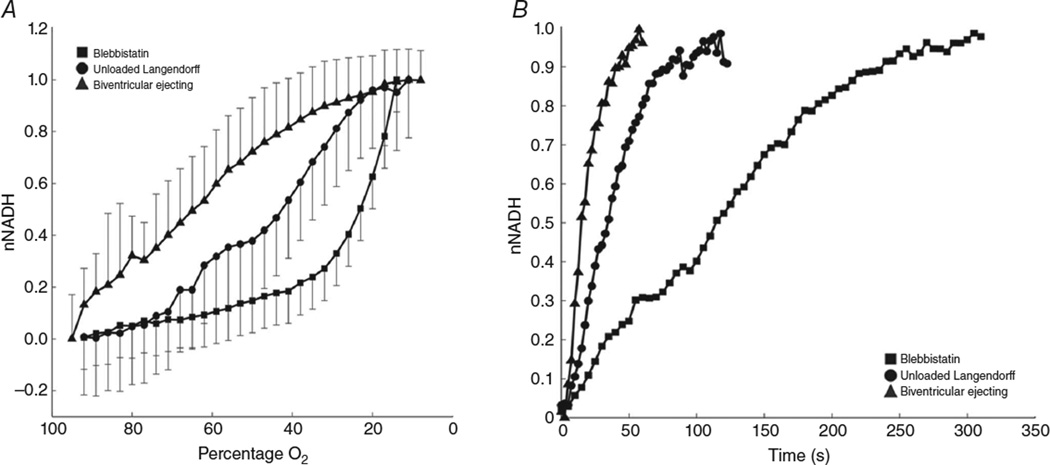Figure 2. NADH production and utilization differs between types of ex vivo heart preparations.
Normalized mitochondrial NADH (nNADH) is plotted during gradual hypoxia and instantaneous ischaemia for isolated rabbit hearts prepared as Langendorff perfused with the electromechanical uncoupler blebbistatin (filled squares), unloaded Langendorff perfused (filled circles) or biventricular ejecting (filled triangles). A, decreasing perfusate oxygenation results in an increase in nNADH that is fastest in biventricular-ejecting hearts and slowest in blebbistatin-perfused hearts. B, instantaneous ischaemia brought on by termination of aortic flow at time t = 0 causes a rise in nNADH that is also dependent on heart preparation.

